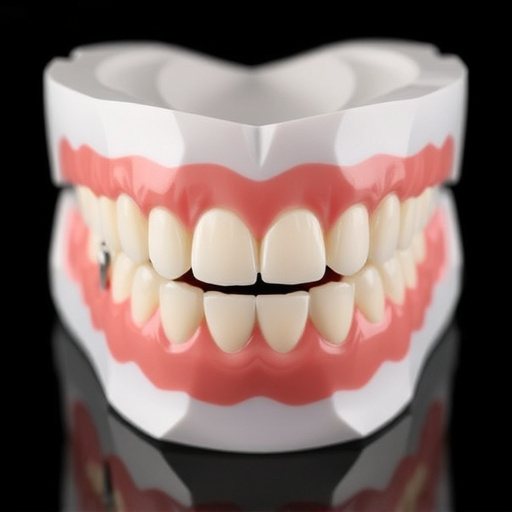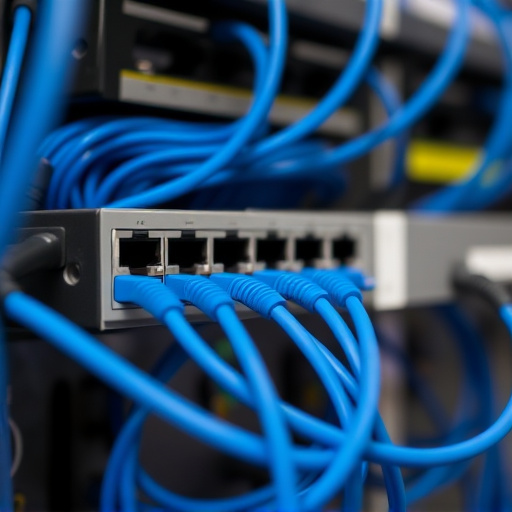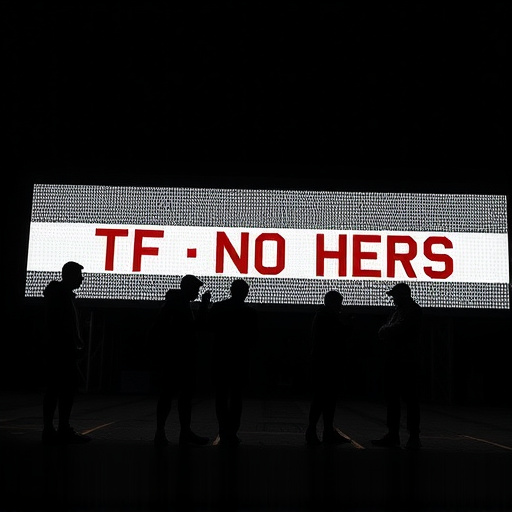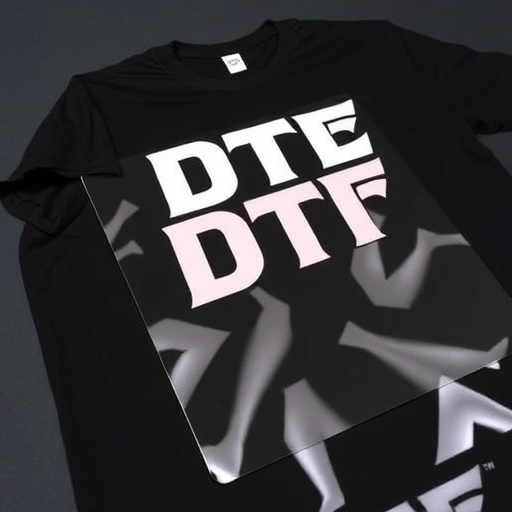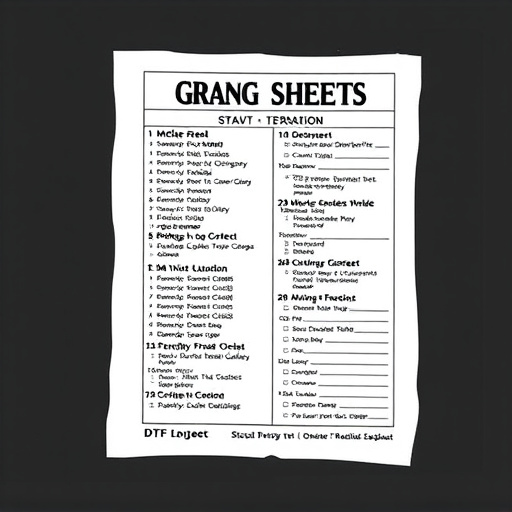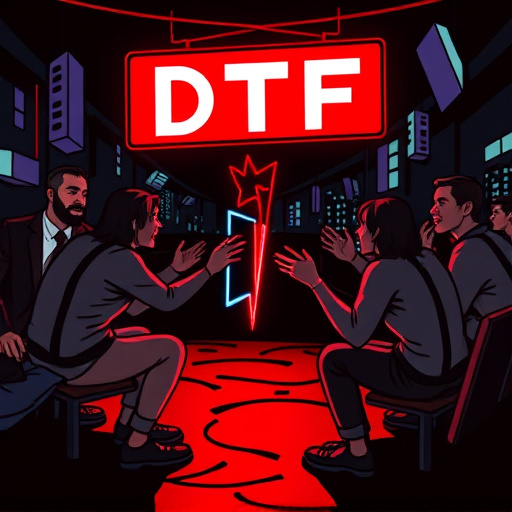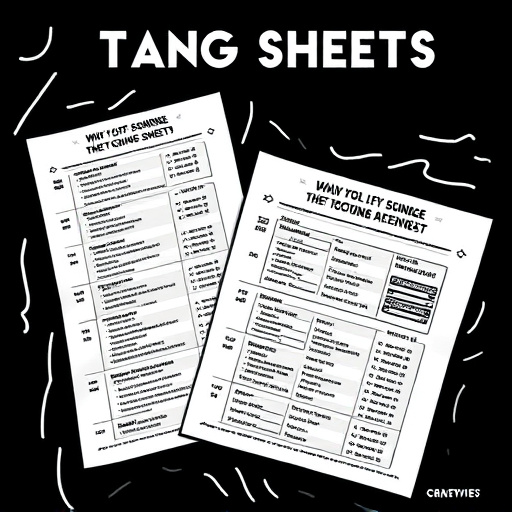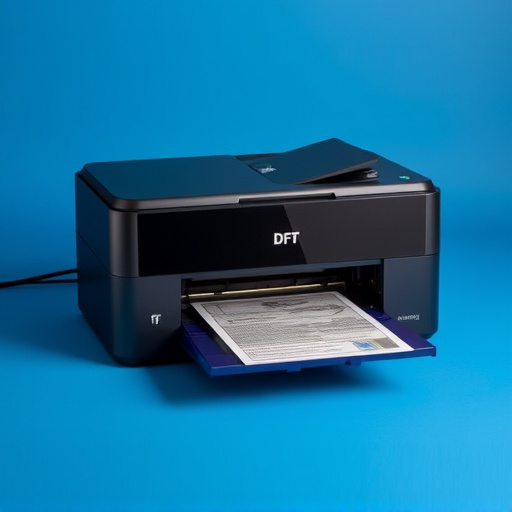The commercial DTF (Direct to Fabric) Printing industry has seen a major surge driven by personalized on-demand printing preferences and technological advancements like faster, precise printers. DTF heat transfer paper streamlines production for various fabric types, catering to both mass markets and niche demands with intricate patterns, solidifying the current boom in this innovative printing method.
Commercial DTF (Direct-to-Fabric) printing has experienced a booming surge, revolutionizing the textile industry. This rapid growth is driven by a growing demand for personalized, on-demand printing solutions among businesses and consumers alike. Technological advancements have played a pivotal role, enabling faster, more precise prints on various fabrics. The versatility of DTF allows for endless customization, catering to everything from apparel and accessories to home décor, thus appealing to a diverse range of markets.
- Rapid Growth and Demand: Unlocking the DTF Market
- Technological Advancements: The Print Revolution
- Versatility and Customization: Catering to Diverse Needs
Rapid Growth and Demand: Unlocking the DTF Market
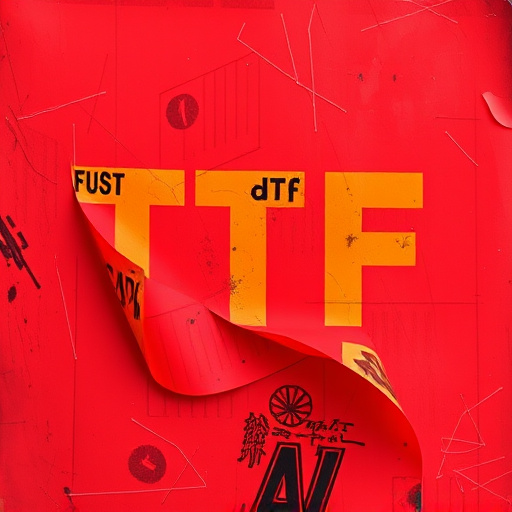
The commercial DTF (Direct to Fabric) Printing industry has witnessed a remarkable surge in growth and demand over recent years, revolutionizing the way businesses approach textile printing. This boom can be attributed to several key factors that have unlocked new possibilities for this technology. One of the primary drivers is the increasing preference for personalized, on-demand printing among consumers, who now expect customized products tailored to their unique styles and preferences. DTF heat transfer paper and transfer sheets offer an efficient and cost-effective solution for creating high-quality, vibrant designs on a wide range of light fabrics.
The market’s rapid expansion is also fueled by advancements in printing technology itself. Modern DTF printers are faster, more precise, and capable of producing stunning details and rich colors, making them highly desirable for businesses looking to stay ahead in the competitive fashion and apparel industry. Furthermore, the versatility of DTF printing allows for intricate patterns and complex designs, catering to both mass production and small-batch, niche markets. This combination of technological advancement and consumer demand has undoubtedly propelled the commercial DTF Printing boom we see today.
Technological Advancements: The Print Revolution

The commercial DTF (Direct to Fabric) printing boom can largely be attributed to significant technological advancements in the print industry. Modern digital printing technologies have revolutionized the way we create and reproduce designs on various materials, including textiles. One of the key drivers is the evolution of inkjet printing, which has enabled high-speed, high-resolution printing on demand. This technology allows for intricate and vibrant designs, perfect for showcasing complex artwork and personalized messages on items like t-shirts and other garments.
Additionally, the introduction of DTF heat transfer paper and transfer sheets has further propelled this printing revolution. These materials offer a versatile and efficient solution for applying prints to a wide range of fabrics. The ease of use and excellent print quality have made dtf printing for t-shirts a popular choice among businesses and individuals alike. This boom is not just a trend; it’s a significant shift in how we conceptualize and produce custom apparel, driven by cutting-edge technology and a demand for unique, personalized products.
Versatility and Customization: Catering to Diverse Needs
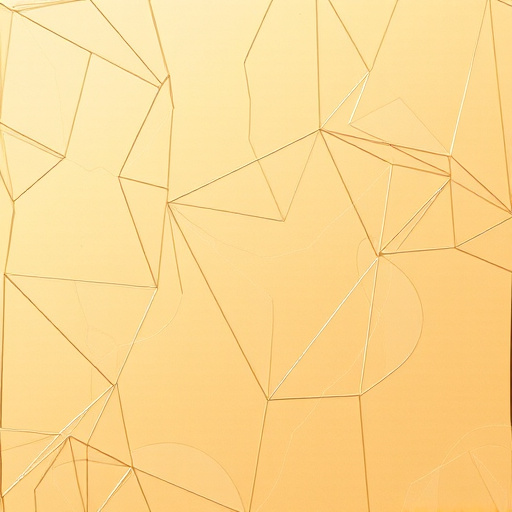
The commercial DTF (Direct-to-Fabric) Printing boom is fueled by its incredible versatility and customization capabilities, which cater to a wide range of needs in the apparel industry. This innovative printing method allows for the production of high-quality, personalized garments with intricate designs. Whether it’s for creating unique hoodies or enhancing custom sheets for heat pressing onto various fabrics, DTF printers offer precision and efficiency.
With a DTF printer, businesses can swiftly bring to life one-of-a-kind artwork and patterns, meeting the diverse demands of modern consumers. This technology enables brands to effortlessly transition from basic printing to complex designs, ensuring that every piece produced stands out in a crowded market. The ability to personalize garments at scale has opened doors for creative expression and unique branding opportunities across numerous sectors.
The commercial DTF Printing boom is driven by rapid growth in demand, technological advancements that have sparked a print revolution, and the ability of this versatile process to offer high levels of customization. These factors have transformed DTF Printing into a go-to solution for businesses seeking efficient, cost-effective, and highly personalized production methods. As technology continues to evolve, commercial DTF Printing is poised to remain a dynamic force in the industry, meeting the diverse needs of modern businesses.



